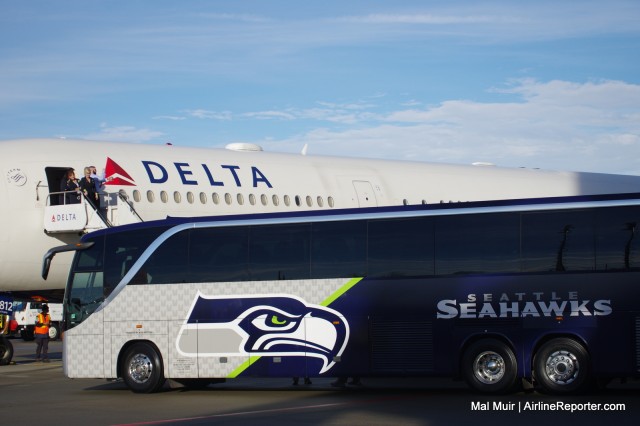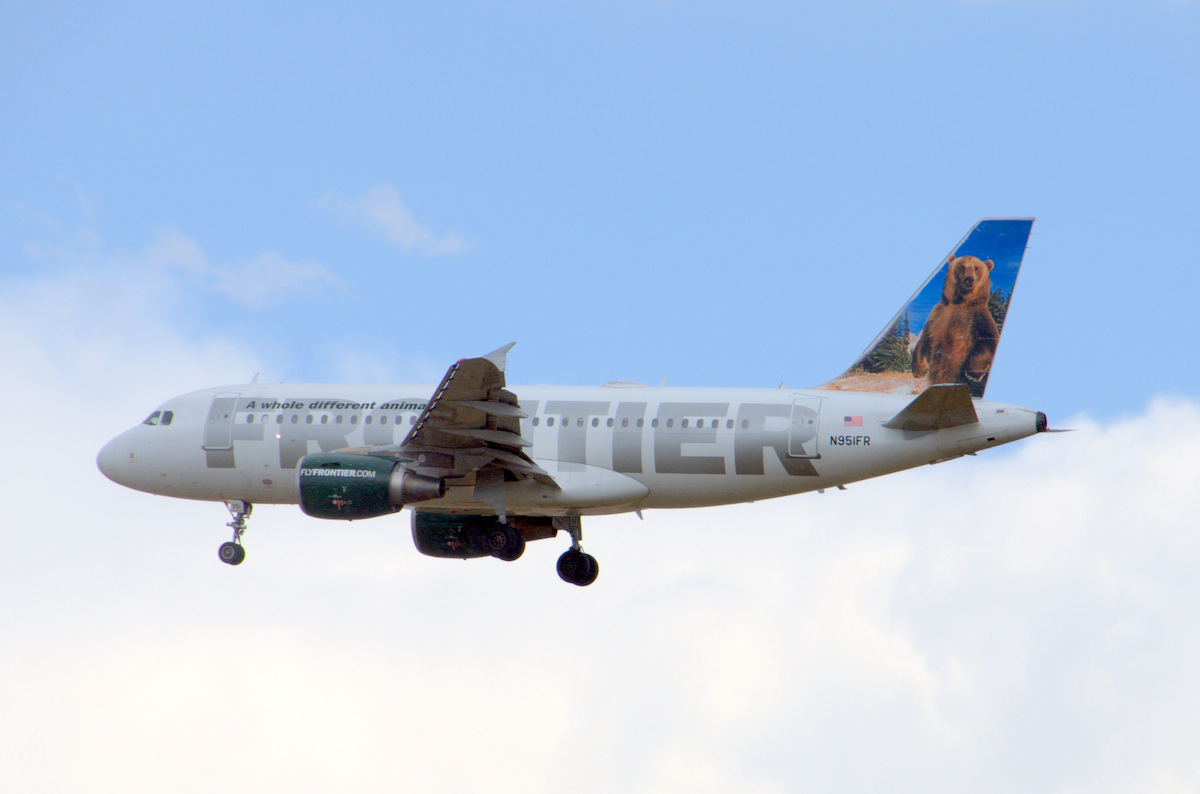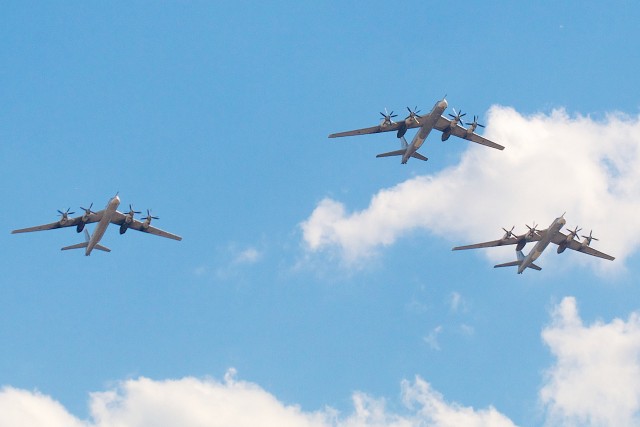
A Delta plane getting boarded by the Seahawks as they head to Phoenix for the Super Bowl
Sunday morning in Seattle, people should be drinking their morning coffee, reading a paper (or this site, obviously) or going for a morning run. But when the Seahawks are headed for the Super Bowl, the city takes on a different vibe. Streets are lined with people along the drive from the team’s offices and training facility at the Virginia Mason Athletic Center (VMAC) in Renton, to SeaTac for their journey to Phoenix.
The airport was surrounded by fans, family, and friends of airport staff who were plane-side to wave farewell. But their departure leads to a bigger, more important, question for AvGeeks: who, and what, were they flying?

Benny the Bear, an Airbus A319 on approach for Denver International – Photo: JL Johnson | AirlineReporter
It has been a while since we here at AirlineReporter reviewed a mainline Frontier flight, four years to the month, in fact. Since then, Frontier has been freed from Indianapolis-based Republic and has made serious changes to its business model. Denver’s hometown airline and longtime low-cost carrier spent most of 2014 transforming itself into an ultra-low-cost carrier (ULCC). This change was prescribed by the company’s new owners – Indigo Partners. Indigo co-founder William Franke has some experience with ULCCs; in fact he has successfully invested in a number of them, most notably Wall Street’s favorite: Spirit.
I have long wanted to experience Frontier, but the timing and opportunity never worked out. That is until they published a $76 round-trip from Kansas City to Denver. While I wouldn’t necessarily consider myself a “fan” of the ULCC market, domestically they tend to be more interesting than say, the legacies. While I gravitate more to LCCs (like Southwest, Virgin, or JetBlue) it’s fun to check out their ULCC brethren. LCC and ULCC airlines like to suggest that their competitive prices create demand and with a crazy sub $100 fare, I suddenly found a two-day hole right in the middle of my work week.

We are excited to experience Aviation Geek Fest Seattle 2015 (AGF15) on February 21 and 22. We all VERY much appreciate your patience with getting you information and putting the tickets up for sale.
The Full AGF15 tickets sold out in about 30 seconds — crazy. All this point, there are not additional tickets (Full or Mini) for sale.

A Tu-95MS off the coast of Scotland – Photo: United Kingdom Ministry of Defense
If it is possible to have a favorite aircraft, mine would be the Tupolev Tu-95.
The story of the Tu-95 goes back to 1944. During the Great Patriotic War, the Soviets watched with both awe and horror as the Boeing B-29 Superfortress devastated Japan. It was decided that the Air Force needed an aircraft of similar heft and range, lest the Soviets be held hostage by an American bomber gap. At the time, other than the Petlyakov Pe-8, the Soviets had limited bombing capability outside the tactical arena. Sure, they had Li-2s and obtained the occasional B-24 or B-17, but in terms of presenting a threat, there was nothing of the sort.
The Air Force went forth and tasked Andrei Tupolev and Vladimir Myasishchev to design their own heavy bombers. Little was written of Myasishchev’s “objects 202 and 302”, other than that they were similar to B-29s in many ways. Tupolev parried with something commonly referred to as “object 64.” Imagine a fatter B-29 with a twin-tail and 23mm cannon in place of 50 caliber machine guns. Was it a copy of the B-29 – absolutely not. It’s just what engineering doctrine of the time would have you do. “Object 64” would have had a range of about 2,500 miles and a payload of about 10,000 pounds.
The designs of both Myasishchev and Tupolev progressed nicely. However, due to the exigencies of the war, sourcing the materials needed to produce any of the three designs was proving difficult. Stalin saw this. Stalin, after all, saw pretty much everything.
Now, when this decision was made is a bit of a historical question- however, it was decided that the B-29 was already the ideal strategic bomber. So, why not directly copy it?! Luckily, that same year (1944) some U.S. Army Air Corps B-29s had made emergency landings in the Soviet Far East. Due to neutrality in the Pacific Theater, the Russians impounded these aircraft. Copying them could never have been easier.

American A321 on final at LAX. AA could be a potential customer for the new variant – Photo: Bernie Leighton | AirlineReporter
Airbus has done what analysts have been expecting for the past few months; announce a version of the A321 with the ability to fly a greatly extended range and finally match (and exceed) the capabilities of a Boeing 757-200 with winglets.
The 97-ton maximum weight will be achieved by the addition of a fuel tank in the forward baggage compartment and some fairly low-cost reengineering of the wing. Air Lease Corporation is the launch customer, with a memorandum of understanding for thirty frames. They have not, yet, stated where these aircraft will be placed.
To achieve a 4000-nm range, Airbus has envisioned a configuration carrying 206 passengers (16J and 190Y). They have also stated that, due to the extra fuel tank and limitations of the design, it is unlikely for this aircraft to be able to carry much cargo. This may, immediately, appear as a source of consternation if your airline relies on flying long sorties on narrow-bodies full of fresh fish. Otherwise, is it really a big deal? I would say no.





